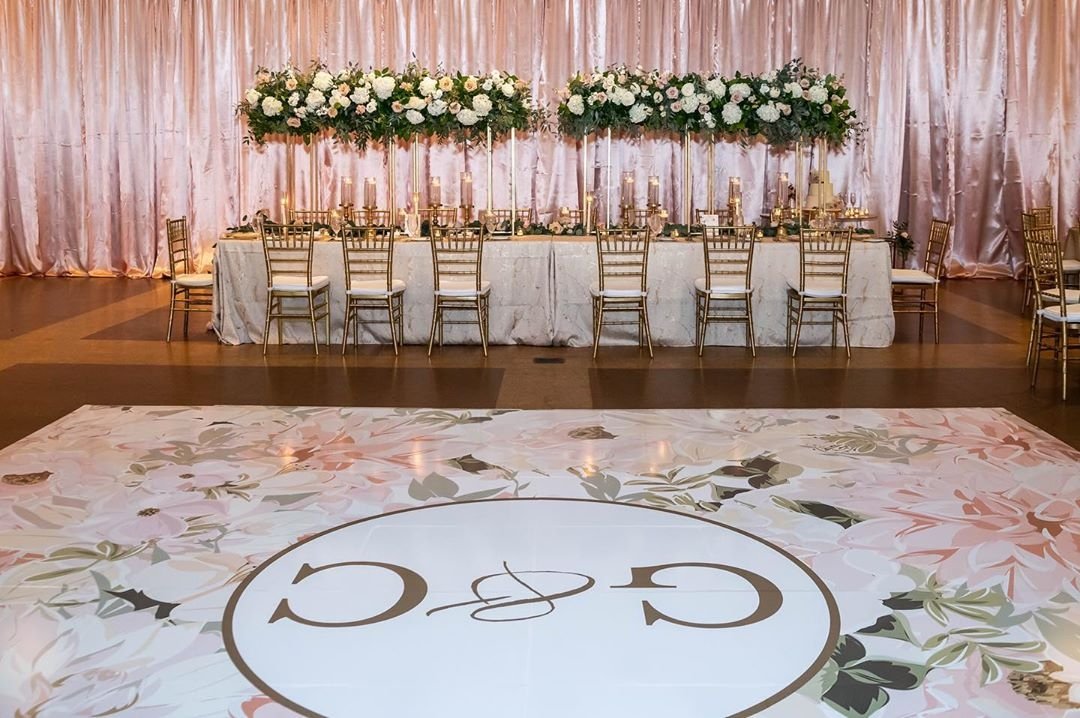Innovative Design Movements Shaping the Future of Engaging LED Performance Floors
Innovative Design Movements Shaping the Future of Engaging LED Performance Floors
Blog Article
Interactive light-emitting diode dance floors have become progressively popular in multiple recreational locations, such as dance clubs, musical events, and gatherings. These surfaces utilize advanced tech to create vibrant light displays that react to music and motion. As technology continues to advance, several creative design trends are influencing the prospects of these responsive dancing surfaces. These trends not only enhance the aesthetic experience but also improve participant engagement and forge a more immersive atmosphere for dancers and audiences alike.
One significant trend in responsive LED dance floors is the integration of intelligent tech. Many new designs feature sensors that identify movement and modify the lighting in response. This means that the floor can change hues, patterns, and effects based on how numerous individuals are dancing and their location they are located. This reactivity creates a lively environment that promotes participation and enthusiasm. Additionally, some models allow participants to manage the illumination through smartphone applications, giving them the ability to customize their encounter in real-time.
Another crucial trend is the utilization of sustainable materials and power-saving technology. As ecological concerns increase, many designers are focusing on developing LED dancing floors that are not only aesthetically impressive but also eco-friendly. This comprises utilizing recycled resources for the floor's building and implementing power-efficient LED illumination. These innovations help minimize the carbon impact of events while still offering a mesmerizing aesthetic experience. By focusing on sustainability, creators are appealing to a more ecologically conscious audience.
The integration of augmented virtual reality (AR) is also transforming the interactive dancing floor encounter. AR technology enables users to view digital images and visuals overlaid on the physical environment through their smartphones or AR spectacles. This can enhance the dance floor experience by introducing virtual components that engage with the physical environment. For instance, dancers might witness animated figures or graphic effects that react to their movements, creating a distinctive and engaging atmosphere. This pattern is particularly appealing to younger crowds who are accustomed to virtual interactions in their daily activities.
Additionally, the styling of interactive light-emitting diode dance surfaces is growing more versatile and modifiable. Many new models can be readily installed in various environments, from temporary gatherings to permanent installations. This adaptability allows locations to develop customized experiences that address to different themes and crowds. Some designs even feature interchangeable see this website parts that can be reconfigured to form varied configurations and layouts. This flexibility not only improves the aesthetic appeal but also enables for artistic expression in event organization.
In conclusion, the future of responsive light-emitting diode dancing surfaces is being shaped by innovative styling patterns that focus on technology, eco-friendliness, enhanced reality, and versatility. These developments are producing more immersive and captivating encounters for users, establishing dance floors a central element of recreational venues. As these trends keep to advance, they will probably redefine how people interact with sound and movement, guaranteeing that responsive LED dance surfaces stay a popular choice for gatherings and festivities.
